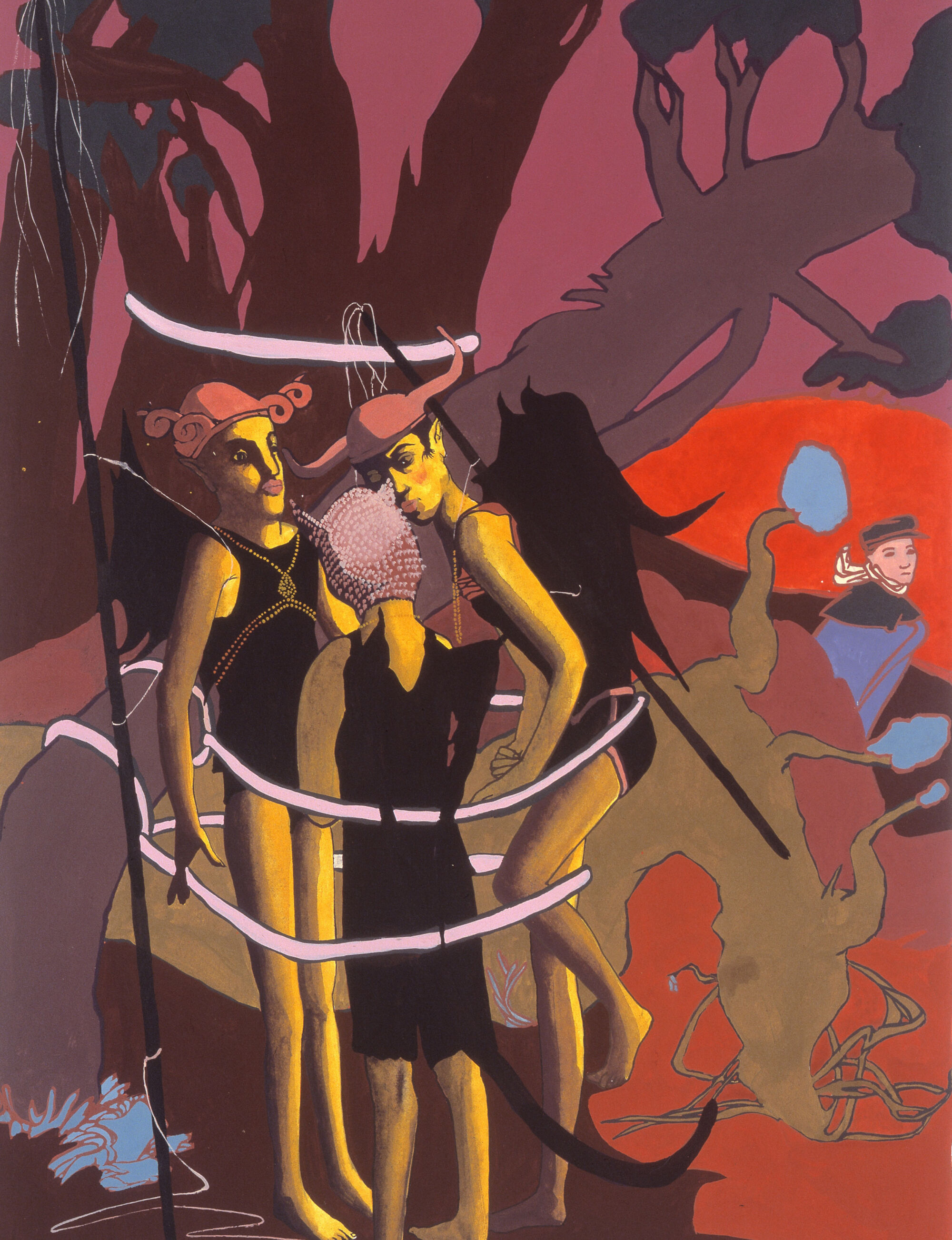Paul Rego has made her name telling tales on canvas. ‘I always need a story,’ she said. ‘Without a story, I can’t get going.’ Thrillingly for Londoners, many of her most powerful visual narratives are now on show at Tate Britain in the largest UK retrospective of her work to date.
Spanning all six decades of her boundary-breaking career, this exhibition sheds light on her extraordinary imagination, tireless experimentation with styles and media, and commitment to denouncing socio-political injustices.
Take Interrogation (1950), for instance, a torrid canvas depicting a woman cowering at the hands of her torturers, which she painted aged 15 under the Estado Novo, the brutal dictatorship led by António de Oliveira Salazar. Then there’s Salazar Vomiting the Homeland (1960), a grotesque later response to the repression of living under the Portuguese regime.
But it also explores her lifelong preoccupation with the female experience: betrayal, domestic abuse, motherhood, obedience in marriage and abortion are among the powerful themes she brazenly confronts. Dog Woman (1994), in which a woman snarls on all fours, is a standout highlight.
A blend of the personal, universal and mythical, Rego’s art is raw and unflinching. It can be frustratingly difficult to decipher at times but persevere and you’ll be spectacularly rewarded.













